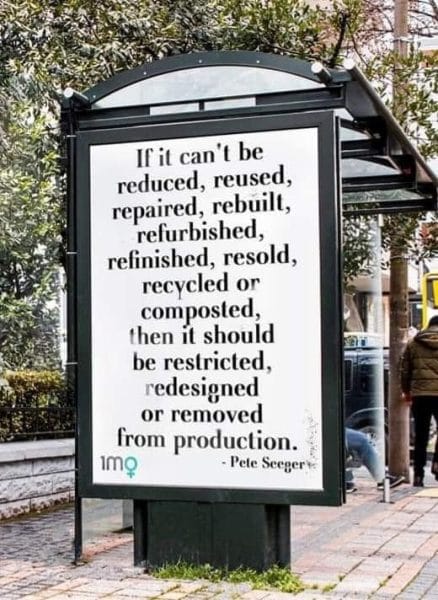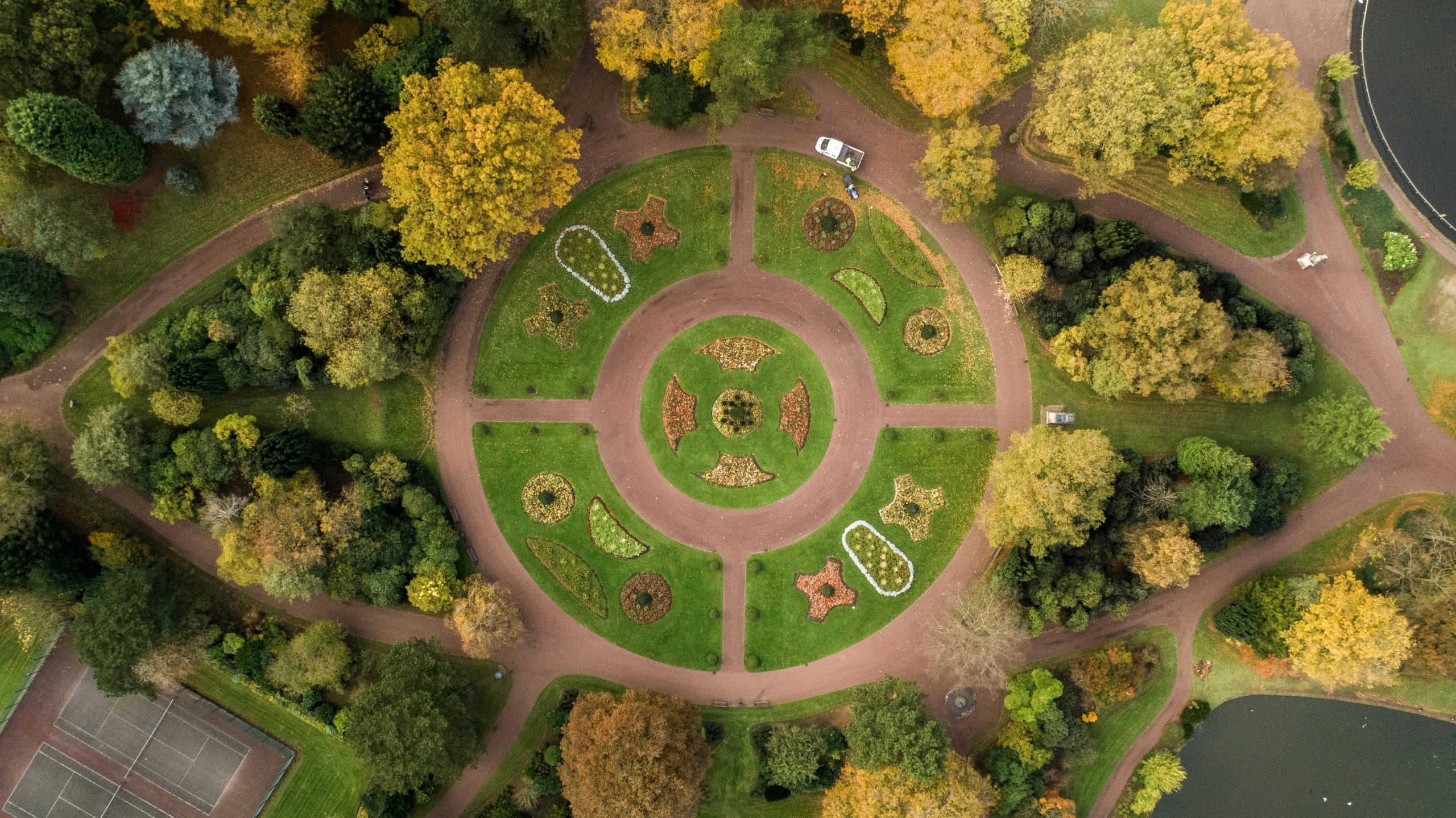TREA’s Circular Economy page is supported by TD’s Friends of the Environment Foundation.
A circular economy is a ‘regenerative system in which resource input and waste, emissions, and energy leakages are minimized by slowing, closing, and narrowing material and energy loops.’
Circular Economy Fact Sheet Handouts for Download:
Handout 1: Impact of a Circular Economy
Handout 2: Circular Economy Considerations
Handout 3: Goals of a Circular Economy
Why Talk About Circular Economy?
Practices concerned with the circular economy serve humanity and the world by providing economic benefits that benefit society and the environment, fulfilling the triple bottom line.
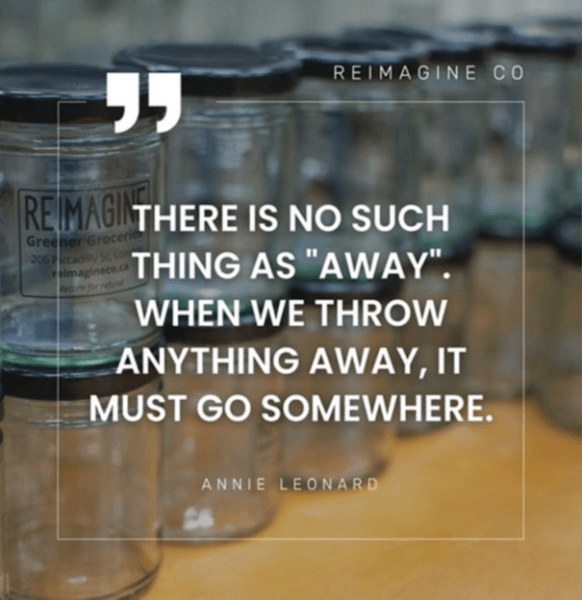
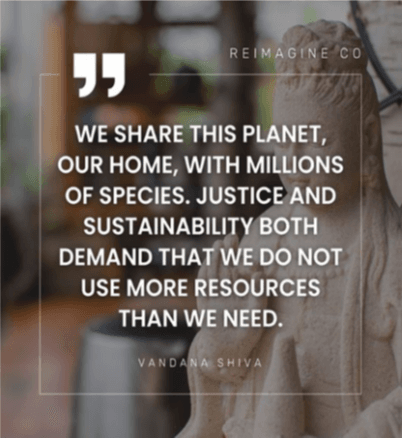
Currently, our economic practices follow a linear progression where materials are used and waste is produced continually. This is suffocating our bounds of economic expansion as the environment suffers from overuse.
The model of a circular economy focuses on a system of production and consumption that minimizes and chiefly re-implements waste into the production cycle, curtailing environmental harm and capitalizing on sustainable resources.
It is a tool under the umbrella of sustainable practices that will help humanity build strong socioeconomic and environmental foundations for future generations.
| Origin of term | SUSTAINABILITY Environmental movement | CIRCULAR ECONOMY Cradle-to-cradle, regulatory, NGOs, political agendas |
|---|---|---|
| Goals | Open-ended | Closed loop, efficiencies |
| Main motivation | Diverse, adaptive | Better use of resources |
| System prioritized | Triple bottom line | Economic system |
| Benefactor | Environment, economy, and society at large | Economic at core but also environment and society |
| Who influences | Diffused, all stakeholders | Governments, companies, regulators, NGOs |
| Change timeframe | Open-ended | Theoretical limits |
| Commitments | Less waste good for many | Less consumption, and pollution |
Waste Remains a Problem
Despite recycling and green bin programs, waste remains a problem across the country. This is why we need a circular economy!
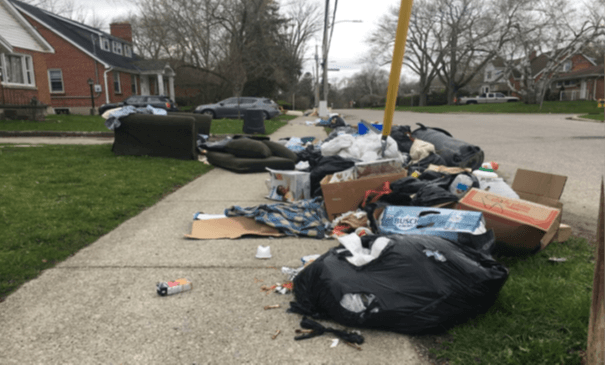
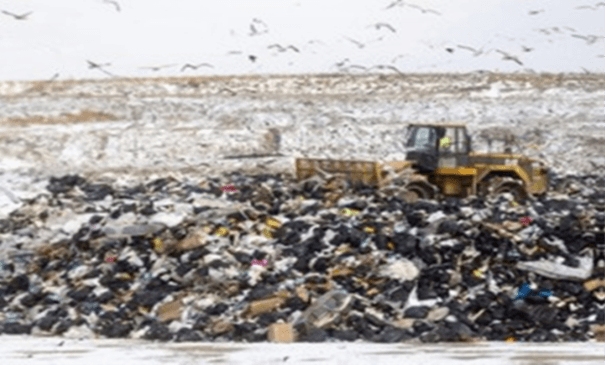
Goals of a Circular Economy
A circular economy’s main goal is to reduce waste to a minimum.
Waste is a big issue locally…
As of January 2024, baby diapers, incontinence products, and pet waste is not permitted in green bins at this time toward London 60 per cent waste diversion action plan.
A landfill expansion plan is in the works as the site was expected to reach capacity by 2024.
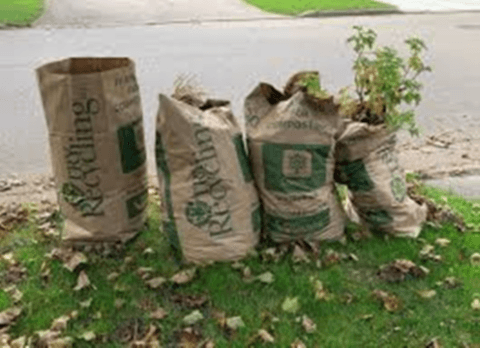
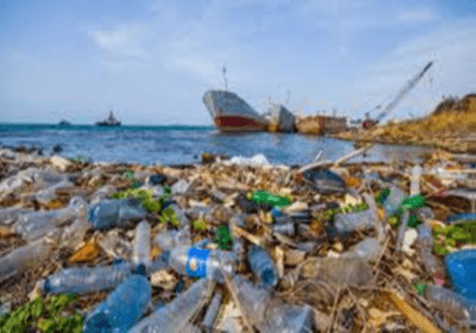
As well as globally.
An ever-growing demand for resources on a finite planet does not account for a balance.
Every day, pollution continues to impact land, oceans, air, water…
The City Cannot Do It All – the Community is a Key Stakeholder
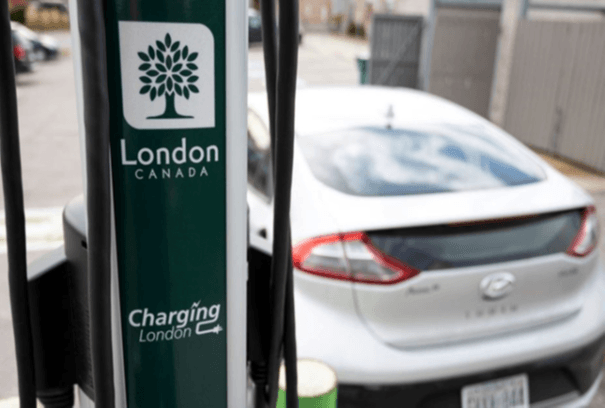

Municipalities have direct and indirect control and influence over up to 50% of emissions in Canada.
London declared a climate emergency in 2019 – recognizing the potential for additional strategies to reduce emissions. One of the City’s priorities is for London to move towards a circular economy that supports sharing, leasing, reusing, repairing, refurbishing and recycling existing materials and products as much as possible.
But, the city cannot do it all – the Community is a key stakeholder.
The people of London have already kick-started initiatives to address the problem…
Reimagine’s Thing Library
Borrow rather than buy… from tools to tents, the Thing Library is a space to share items communally. Save money, space, and the environment!

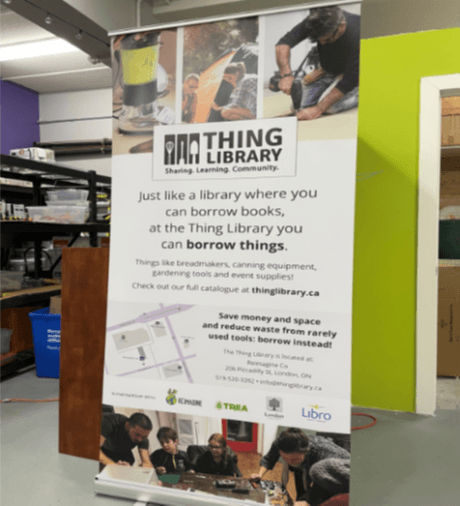
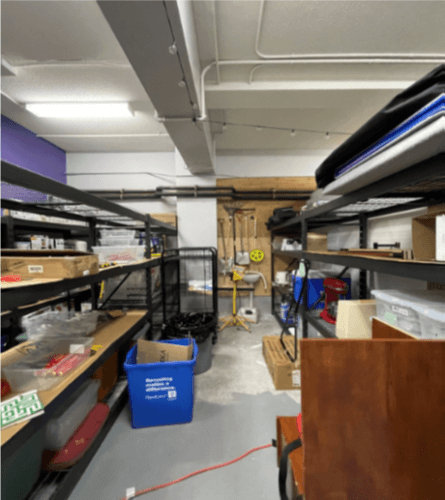
Reimagine’s Repair Cafés
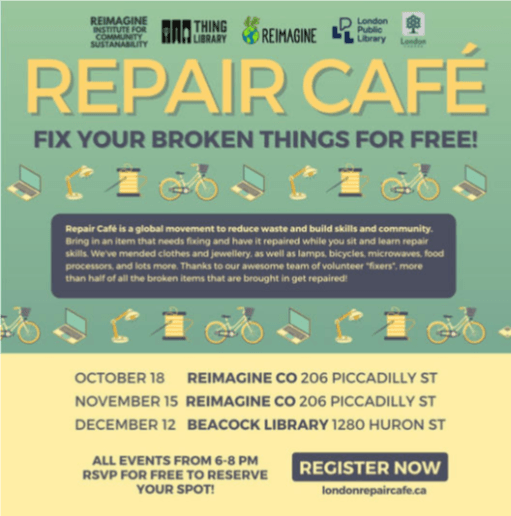
A monthly event where skilled community members volunteer to help others repair their household items, reducing waste.
There are repairs for items like toaster ovens, curling irons, clocks, lamps, jeans, purses, coats, chairs, radios, microwaves, and so on.
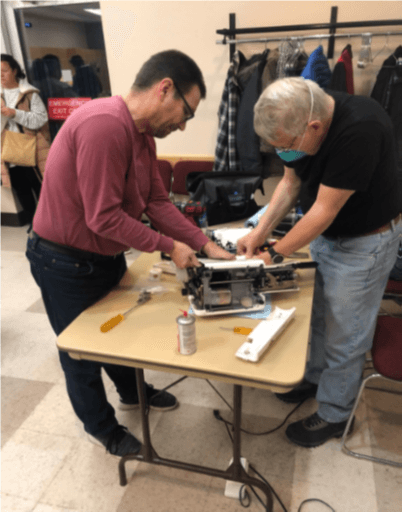
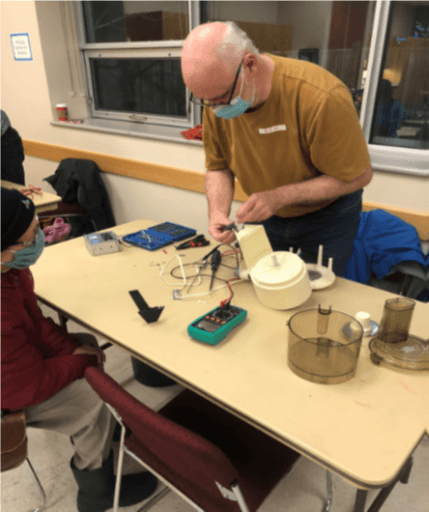
The Thames Region Ecological Association (TREA)
TREA has been working to promote a circular economy in London through their Circular Economy workshops (as pictured below) and other informational sessions.

TREA has also been performing circular economy practices by helping with composting and recycling at various city events!
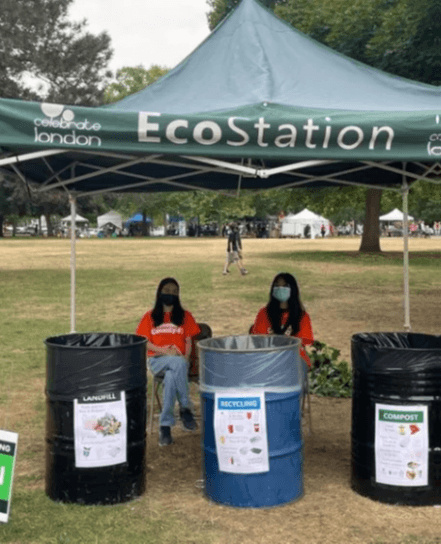
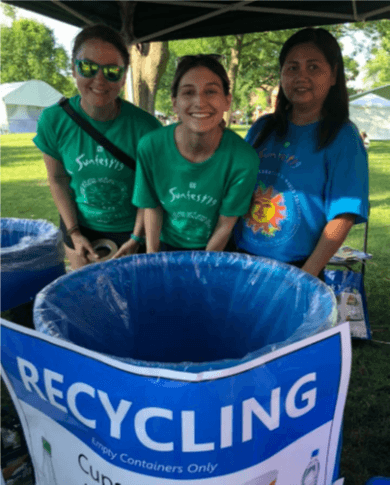
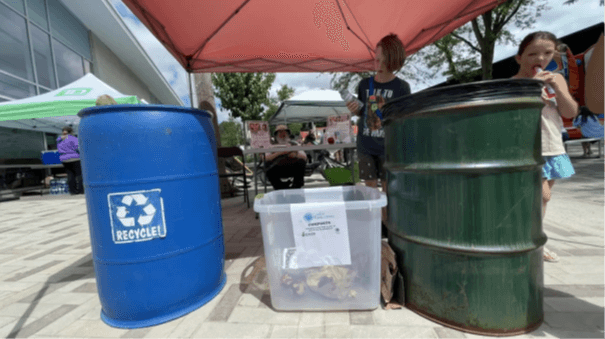
Take part in London’s community of circular economists!
The Impact of Circular Economy
Circular economy benefits the environment by…
- avoiding the ‘take-make-waste’ pipeline of resources
- reducing emissions
- using less waste and water
- reducing biodiversity and ecosystem impacts
Circular economy benefits the economy by…
- raising productivity
- optimizing resources, both natural and human
- using the ‘cradle to cradle’ model which promotes sustainability
- increasing efficiency in resource management through reusing parts, utility sharing, and service sharing
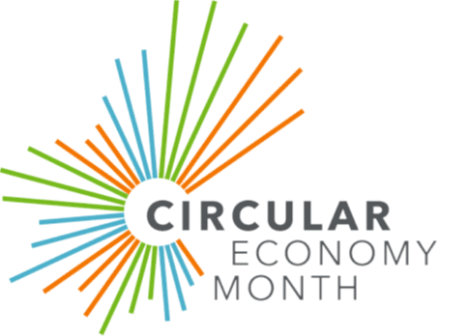
This is a model of economy that aims to reduce negative effects on soil fertility and biodiversity, preserve resource stocks, and avoid increasing the toxicity of land, water, and air.
Circular Economy: Some Considerations
Social impacts are largely omitted from discussions and studies relating to circular economy. While this model can have positive impacts on the economy, do these benefits come at the cost of certain societal metrics? For example, how does a circular economy affect affordability?
Some circular economy programs target the common problem of food waste and distribution. What social and ethical implications do these programs raise?
Assessment of the circular economy tends to build on a linear stream of ‘materials and energy between nature and economy.’ However, as consumption habits increase and biodiversity declines, the Earth is being drained of resources.
The circular economy focuses on creating as well as extending the life cycles of products. A new life cycle is created through remanufacturing and refurbishment, which extends the life cycle of a product’s parts. This is different from extending the life cycle of a product itself which is achieved through durable materials, simple repairability, and direct reuse. Circular economy makes use of both methods to achieve its goals.
